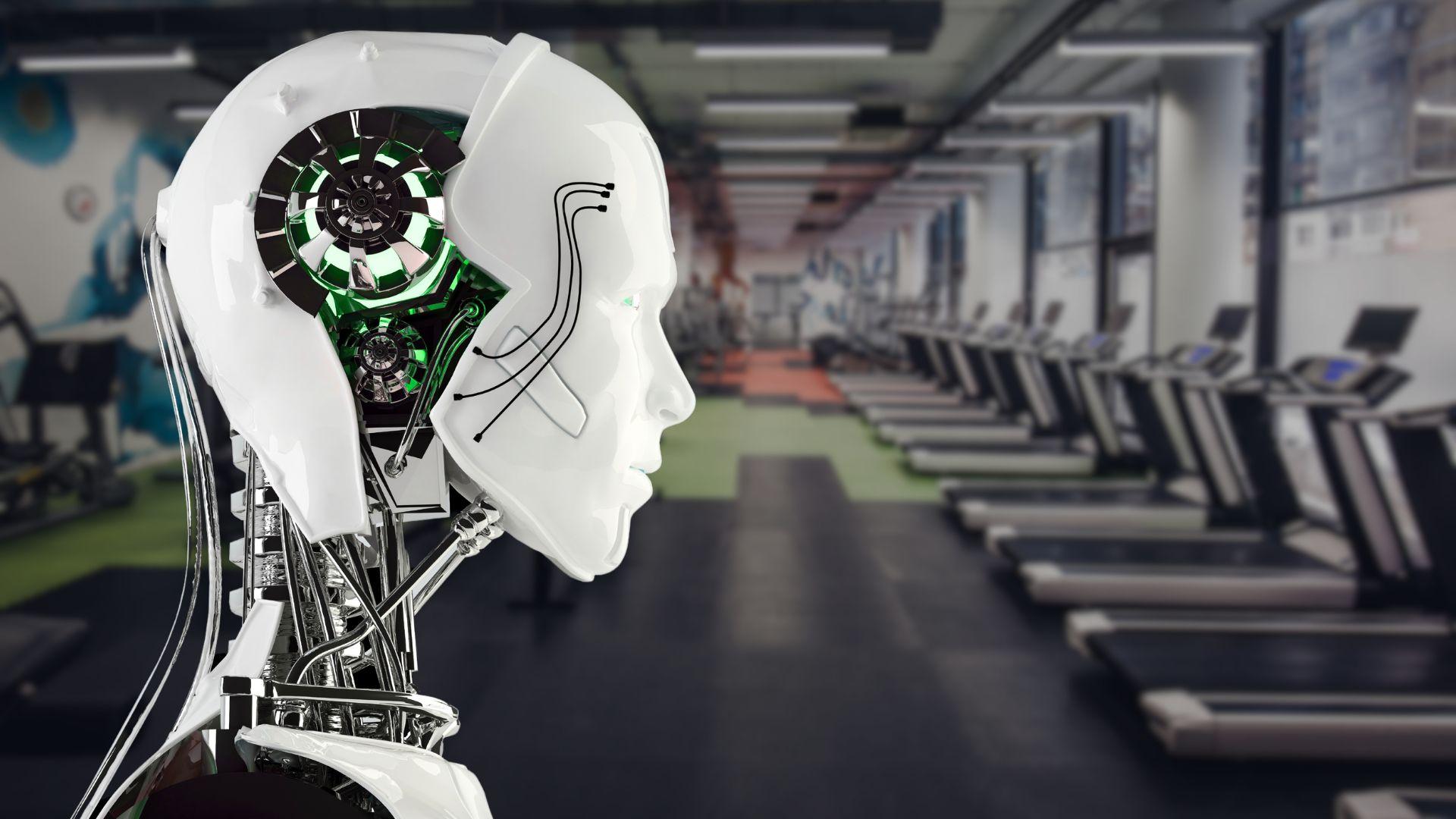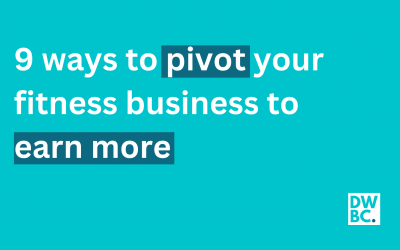US grocery giant, Trader Joe’s faced a challenge. Many competitors were investing in digital marketing and e-commerce, trying to stay ahead. Trader Joe’s needed to find a way to stay relevant and compete without losing focus on what customers really needed.
A massive company than generated over $13 billion in revenue last year might not be the most obvious company for boutique fitness businesses to learn from. But there is an important lesson in how they dealt with a rapidly changing grocery industry.
In the grocery industry, where other companies were quickly adopting new technologies and following market trends, their approach to this challenge was unique. Instead of joining others in the tech race, they chose to focus on their customers’ needs through direct interaction. Store managers and staff would talk with customers in the stores, give out samples, and listen to their opinions. This approach helped them understand what their customers really wanted. By adapting their inventory based on this feedback, Trader Joe’s managed to keep their offerings in line with customer preferences.
This strategy was effective. It led to better inventory management, reduced waste, and happier customers. Trader Joe’s saw an improvement in sales, proving the value of their customer-centric approach. Their success showed that understanding and meeting customer needs could be more effective than simply following the latest industry trends.
The fitness industry is no different, so what can we learn from Trader Joe’s success?
We’ve seen an explosion in popularity in fields like AI, wearable tech, genetic testing, advanced recovery protocols, biohacking, weight loss drugs and many more. And this is only the beginning. This is the future, and it’s not slowing down.
If you’re a fitness professional who’s feeling overwhelmed, and like you’re falling behind, you’re not alone.
Gym owners and PTs who were already struggling to build profitable, purpose driven fitness businesses, are increasingly feeling like they can’t keep up.
And you’re not the only one who’s feeling this overwhelm. I speak with fitness professional every day who are questioning how they can fit into this future.
The problem is, the rate of change means that we’re constantly trying to predict what’s coming next, and by the time we catch the wave, a new wave has come along and buried us.
We’re trying to predict the trends and tools of the future (so we can use them), while also trying to predict the problems our clients will have in the future (so we can solve them).
I think there’s a better way, and hundreds of thousands of years of human evolution agree with me.
Instead of expending our energy on what the future MIGHT bring, how about we focus on the things that we’re pretty sure will remain the same?
By putting away our crystal balls and focussing on the relative certainties in the lives of our clients, we can ensure we stay useful, profitable, and purposeful. We’ll remain relevant in spite of the changing world.
So instead of obsessing about the future, here are the certainties I think you should be focussing on:
Community Connection:
I’ve got an unproven theory that a large percentage of the health benefits we attribute to exercise come not from the physical exercise itself, but from the social interaction that exercise creates. Using this theory, we should create communities of people who just so happen to exercise (rather than individuals who exercise, who just so happen to be doing it with other people). Make decisions to design a business that prioritises community connection, not a business that prioritises physical health. I promise you, no matter what the future brings, human connection will lead to more physical and mental health than exercise alone.
Personal Connections:
If we zoom in a bit, the importance of close one-on-one connections shouldn’t be neglected. We all know that sometimes our clients don’t need squats and push-ups, but a friendly chat, a shoulder to cry on, or a hug. While the nature of the problems our clients will face in the future may change, the need to have someone to help them solve these problems will remain the same.
Selling an Experience:
We don’t sell Personal Training, or bigger muscles, or less fat… what we actually sell is an experience. In reality, we’re not in the fitness industry, we’re in the hospitality industry. People don’t keep coming back because you’ve helped them achieve ‘visible abs’, they come back because of the experience you’ve given them. In a future of abundance, people will have more time and resources to pursue meaningful experiences. Position yourself to be one of the people providing that experience.
Mental Health:
When it boils down to it, the general trend in the fitness industry is away from weight loss, and towards mental health. With worrying long term patterns emerging in the mental health space, a focus on physical exercise to improve our mind is a safe bet.
Overcoming Hardship:
We’re outsourcing our hardship to technology. Labour saving devices, AI and robotics are making life easier. But if we’re palming off the things we don’t like doing, why aren’t we getting any happier. I think it’s because we’re not being forced to overcome hardship. Holocaust survivor and Psychiatrist, Victor Frankel, believed that suffering is ok, as long as you have an optimistic perspective on your suffering. Believe it or not, as we outsource all the hard stuff, we’ll actually become less happy. We see people who have the most basic human needs covered actually pursuing hardship – through physical challenges like extreme endurance events. There’s an opportunity for Fitness Professionals to be experts in ‘controlled hardship’ – a place where people can go to push their limits, in a world where challenges are rapidly being removed.
Sticking to the Basics:
Barely a week goes by without some new training trend appearing. New movements, new programming, new methodologies. A select few of these trends become valuable tools in our arsenal, but most quietly disappear. My advice is to find something that will stand the test of time – like strength training. Being strong will always be preferable to being weak. Then look inside that methodology and identify an element of strength training that has stood its own test of time. Maybe you identify powerlifting associated movements – with a focus on compound movements with free weights. Double down on that training style.
So what do we do next? The problem with some of these more ‘human-centred’ strategies is that, while they’re good in theory, they can be hard to actually apply. Here’s what I recommend. For each of the ‘unchangeable certainties’ I’ve discussed, make a list of actual, tangible actions you can schedule as recurring items in your to do list. For example, what are the daily, weekly, monthly, and yearly things you need to be doing to create more community connection? By focussing on the process of BUILDING connection, rather than the end goal of ACHIEVING connection, we can rest assured that we’ll be achieving those things that will remain constant in the future of the industry.
And this strategy has been proven by Trader Joe’s remarkable success.
A key factor in their success is their efficient use of space and customer engagement. Despite having smaller store sizes compared to conventional grocery stores, Trader Joe’s maximises its retail footprint. An analysis of a Trader Joe’s location in Los Angeles during the first quarter of 2023 showed that its visits per square metre were more than three times higher than a nearby competitor.
In terms of financial performance, Trader Joe’s has been highly successful. The company’s revenue reached $13.3 billion in 2023. One of the strategies contributing to this success is their focus on the basics that remain the same even as the world changes around them. This ensures a loyal customer base that appreciates the experience provided by Trader Joe’s.
The business model of Trader Joe’s, prioritising customer needs and efficient operations, has allowed them to stand out in a highly competitive market, characterised by shifting consumer behaviours and economic challenges.
This approach reflects a strategic focus on fundamental principles of retail, such as understanding customer preferences and maintaining efficient operations, over chasing the latest market trends or technological advancements.
We can learn a lot from their success, and transfer the focus on predictable future client needs to our own fitness businesses.





